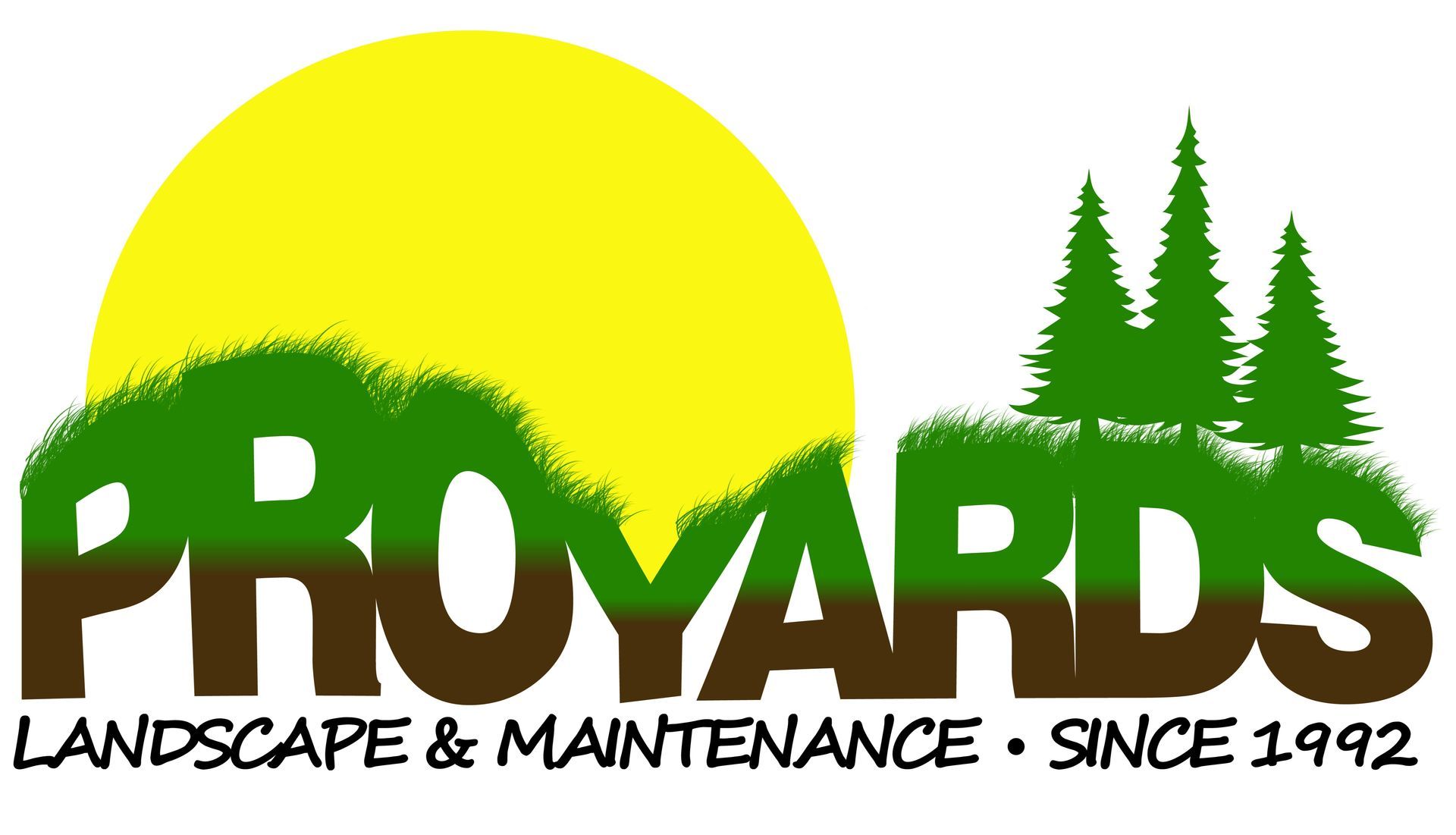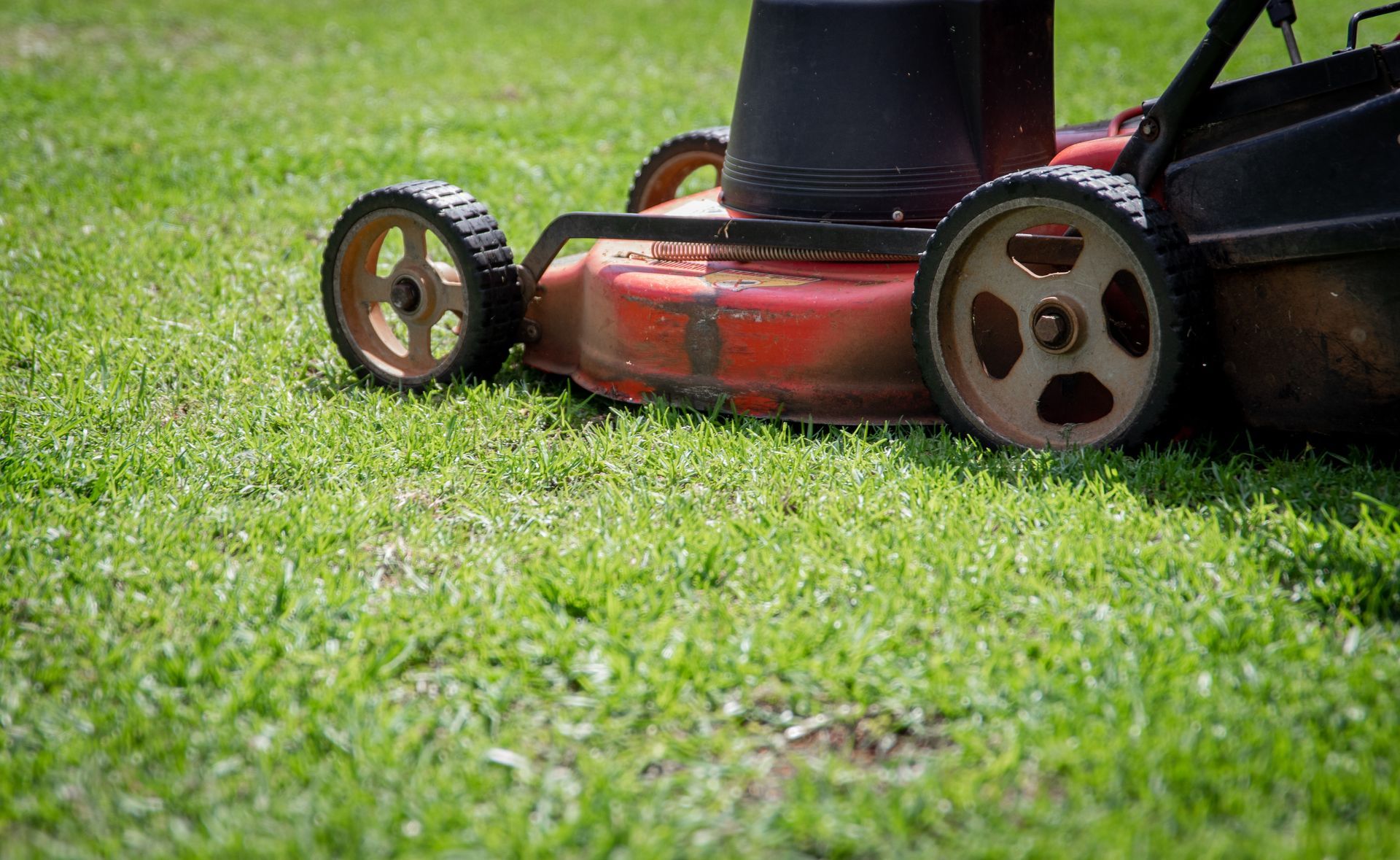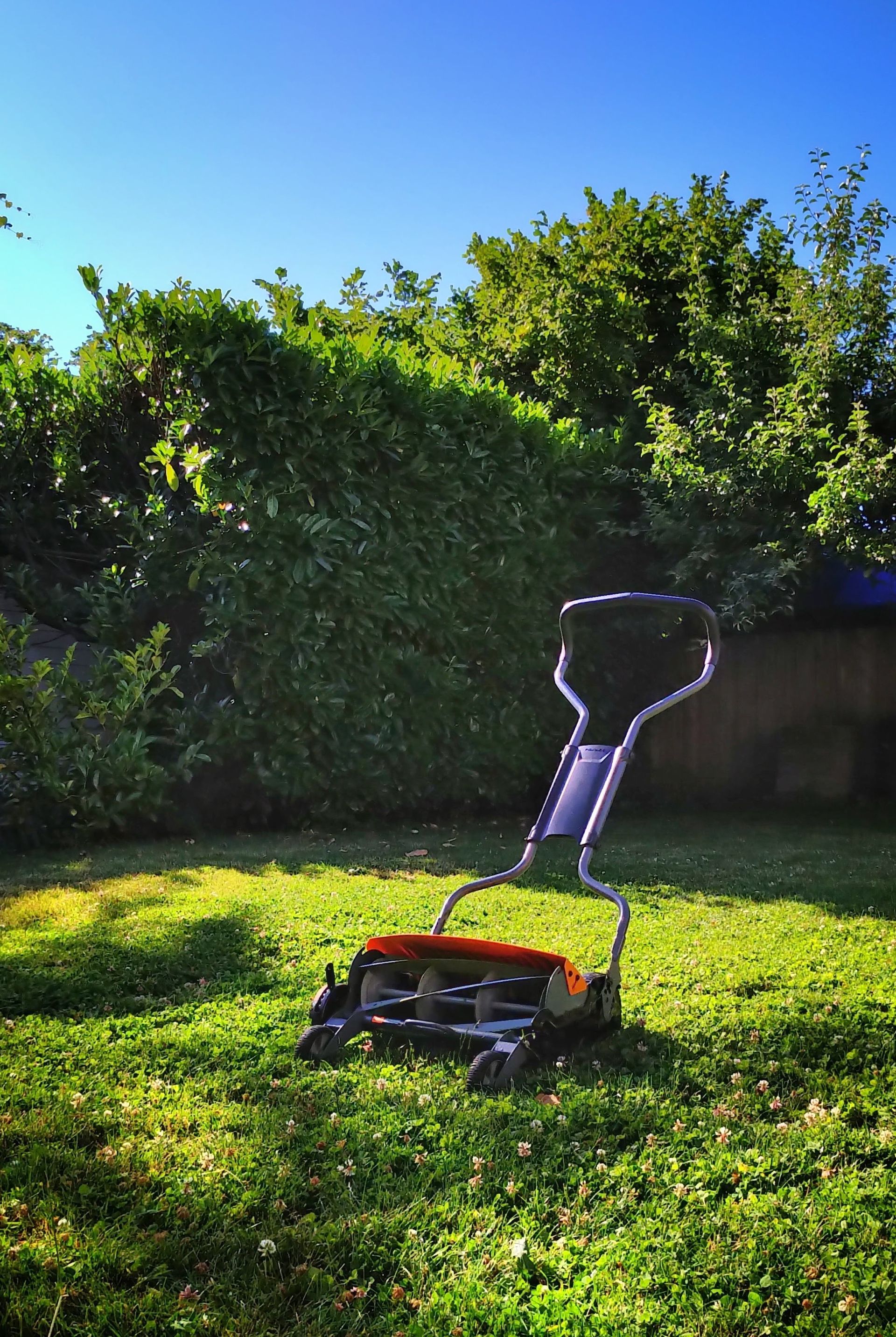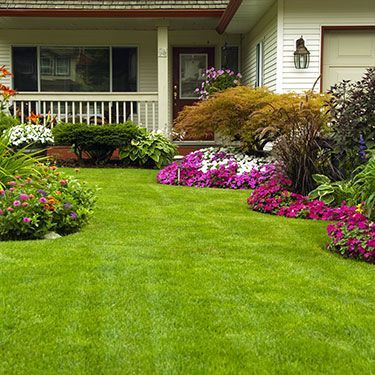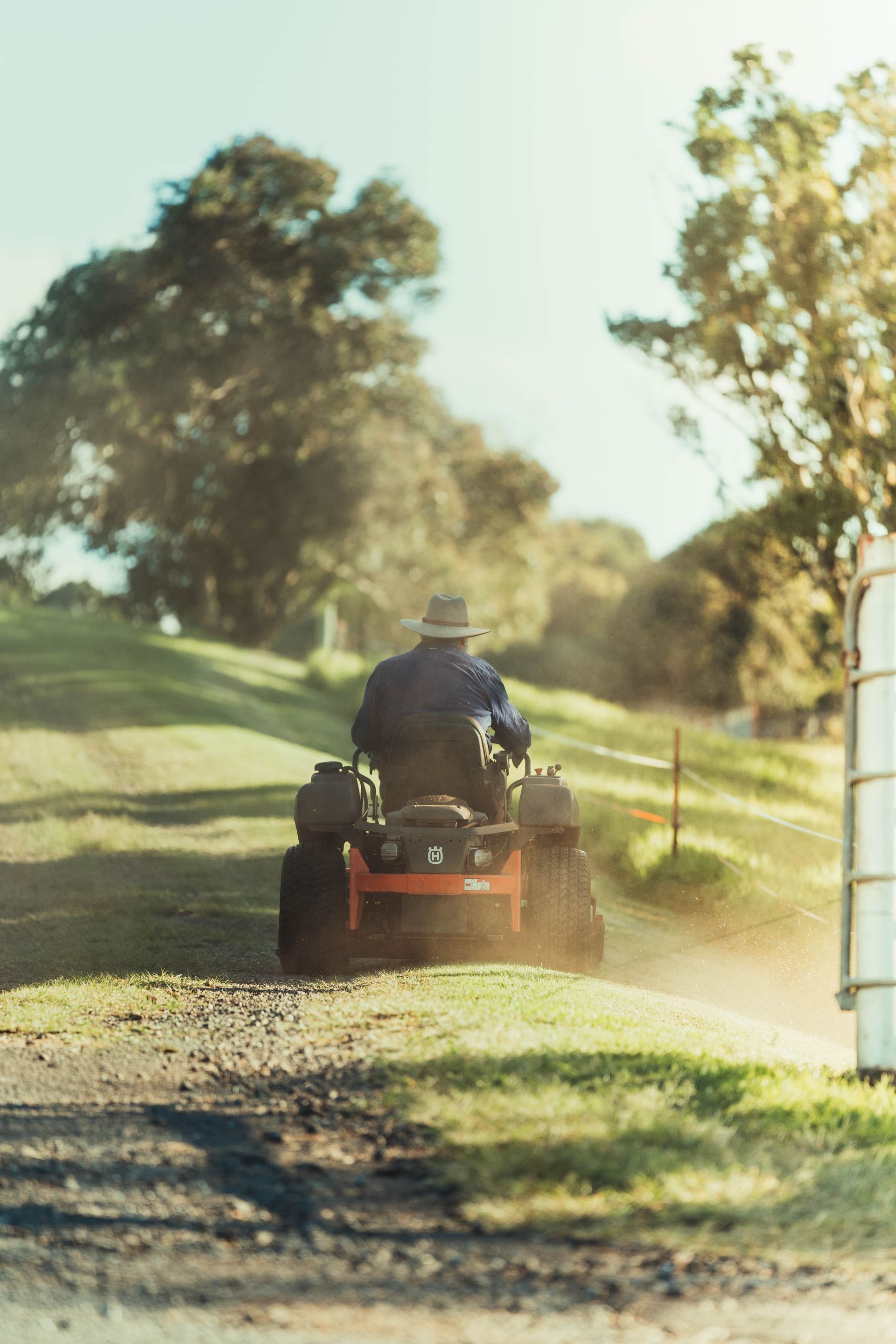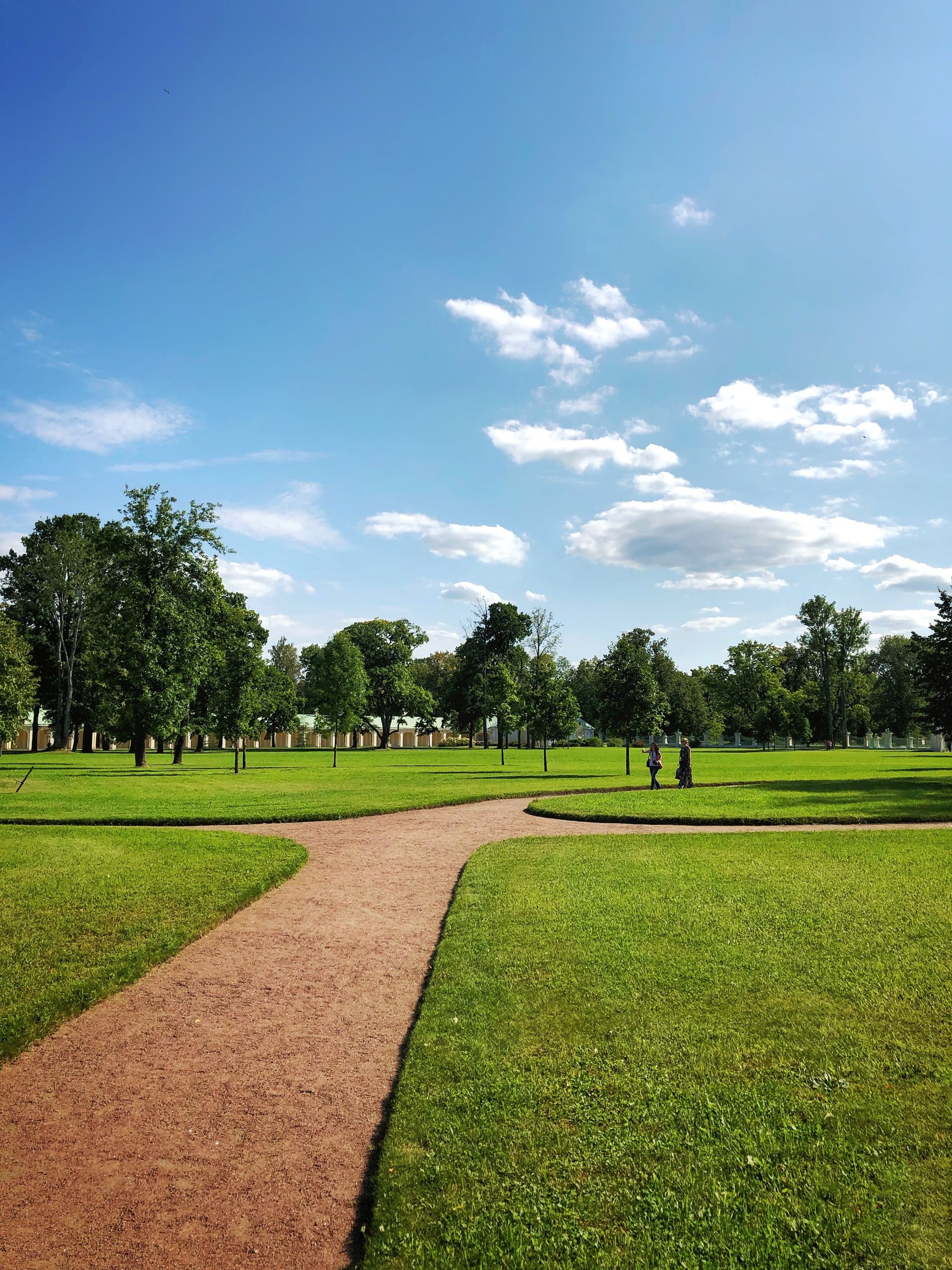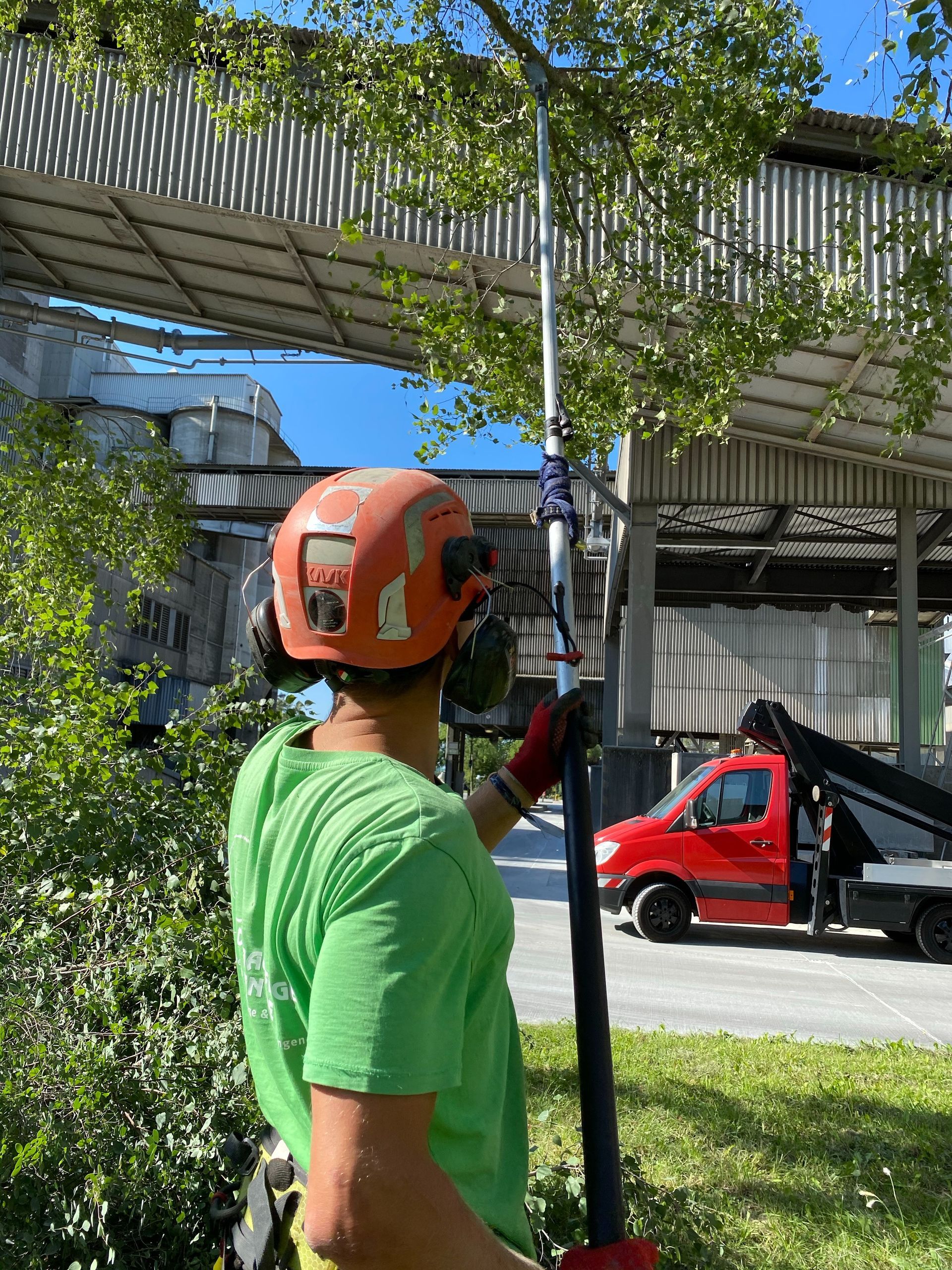Mastering Landscaping in Salt Lake City: A Comprehensive Guide
Introduction
Salt Lake City, with its unique geographical location, presents a distinct set of challenges and opportunities for landscaping enthusiasts and professionals alike. Nestled in the heart of Utah, this city boasts a diverse range of microclimates, influenced by its elevation, proximity to the Great Salt Lake, and the surrounding mountain ranges.
For successful landscaping in Salt Lake City, a deep understanding of the local climate, soil types, and appropriate plant selection is paramount. The city's climate, characterized by cold winters and hot summers, demands plants that can withstand temperature fluctuations. Additionally, the soil composition, which can vary from sandy to clayey, plays a crucial role in determining which plants will thrive. By aligning plant choices with these factors, one ensures not only the aesthetic appeal of a landscape but also its long-term sustainability and health.

The Historical Landscape
Landscaping, as an art and science, has evolved over time, reflecting the changing needs, preferences, and challenges of the community. In Salt Lake City, this evolution is deeply intertwined with the city's history, geography, and cultural shifts.
Since its founding in 1847, Salt Lake City's landscaping practices have undergone significant transformations. Initially, the primary focus was on functional landscaping, with an emphasis on creating agricultural plots to support the early settlers. As the city grew and urbanized, there was a gradual shift towards aesthetic and recreational landscaping, with the introduction of public parks, gardens, and tree-lined streets.
Key Influences and Landmark Developments
Several factors and developments have played pivotal roles in shaping Salt Lake City's landscaping trajectory:
- Settlement Era: The early emphasis on agriculture, with plots dedicated to crops and orchards, set the foundational landscape of the city.
- Urbanization: As the city expanded, there was a growing need for green spaces, leading to the establishment of public parks and gardens.
- Water Conservation: Given the city's arid climate, innovative irrigation systems and the promotion of drought-resistant plants became crucial.
- Cultural Shifts: The influence of various cultural and community events, such as the Utah State Fair, brought in new landscaping ideas and practices.
- Technological Advancements: The introduction of modern landscaping tools and techniques in the 20th century further refined and enhanced the city's landscapes.
Flora of Salt Lake City
The diverse range of flora in Salt Lake City is a testament to its unique climate and soil conditions. This section delves into the popular plants and trees that have become synonymous with the city's gardens and landscapes.
Popular Plants for Vibrant Gardens
Salt Lake City gardens often feature a mix of native and adapted plants that thrive in the local conditions. These plants not only add visual appeal but also play a role in conserving water, supporting local wildlife, and maintaining soil health.
Perennials
These are plants that provide consistent beauty year after year. Examples include the Utah Columbine and Western Coneflower, both of which are well-suited for the city's climate.
Succulents
Given the city's dry conditions, succulents like Sedum and Hens and Chicks are popular choices, offering both resilience and aesthetic value.
Grasses
Native grasses such as Blue Grama and Indian Ricegrass are often used in landscaping for their drought resistance and minimal maintenance needs.
Must-have Trees for Salt Lake City Gardens
Trees play a pivotal role in any landscape, offering shade, improving air quality, and enhancing the overall aesthetic. For Salt Lake City gardens, the following trees have proven to be both hardy and beneficial:
- Quaking Aspen: Known for its shimmering leaves and white bark, this tree is native to Utah and thrives in various soil types.
- Pinyon Pine: A slow-growing evergreen, the Pinyon Pine is well-suited for the city's dry conditions and offers the added benefit of edible nuts.
- Blue Spruce: Often used as a decorative tree, the Blue Spruce is drought-resistant and can grow in various soil conditions.
- Gambel Oak: This tree is particularly valued for its adaptability, with the ability to grow in both shaded and sunny areas.
- Chokecherry: A popular choice for both its ornamental value and its edible fruits, the Chokecherry tree is a versatile addition to any garden.
Overcoming Challenges
Landscaping in Salt Lake City, while rewarding, comes with its own set of challenges. Understanding these challenges and implementing effective solutions is crucial for creating sustainable and thriving landscapes in the region.
Identifying Common Landscaping Challenges in Salt Lake City
Soil Composition
Salt Lake City's soil varies from sandy to clayey, with some areas having a high salt content. This variation can pose challenges for plant growth and nutrient absorption.
Water Scarcity
Being in an arid region, water conservation is a significant concern. Regular watering practices applicable in other regions might not be suitable here due to limited water availability.
Temperature Fluctuations
The city experiences cold winters and hot summers. These temperature swings can stress plants, especially those not native or adapted to such conditions.
Pest and Disease Management
Certain pests and diseases are prevalent in the region, requiring regular monitoring and intervention to ensure plant health.
Proven Solutions for the Unique Climate
Soil Composition
Solution: Regular soil testing can help identify its composition and pH levels. Based on the results, gardeners can amend the soil with organic matter or specific soil conditioners to improve its fertility and structure.
Water Scarcity
Solution: Implementing xeriscaping principles, which involve choosing drought-resistant plants and using mulch to retain soil moisture, can significantly reduce water usage. Additionally, using drip irrigation systems ensures efficient water delivery to plant roots.
Temperature Fluctuations
Solution: Using mulch can help regulate soil temperature, protecting plant roots from extreme temperatures. Additionally, selecting plants that are hardy and can tolerate temperature swings is crucial. Seasonal protective measures, like frost cloths, can also be employed during extreme cold spells.
Pest and Disease Management
Solution: Regular monitoring and early detection are key. Using integrated pest management (IPM) principles, which combine cultural, biological, and chemical methods, can effectively control pests and diseases without harming the environment.
Trends to Watch
As the landscaping industry continues to evolve, staying updated with the latest trends is essential for homeowners, professionals, and enthusiasts alike. This section highlights the current landscaping trends of 2023 and offers predictions for the future landscape of Salt Lake City.
Current Landscaping Trends: 2023 Edition
- Sustainable Landscaping: With growing environmental concerns, there's a strong emphasis on sustainable landscaping practices. This includes the use of native plants, organic fertilizers, and eco-friendly pest control methods.
- Smart Irrigation Systems: Given the water scarcity challenges in Salt Lake City, the adoption of smart irrigation systems, which use sensors to determine soil moisture levels and deliver water accordingly, has seen a significant rise.
- Edible Landscaping: More homeowners are integrating edible plants into their landscapes. This trend not only provides fresh produce but also promotes organic and local food consumption.
- Pollinator Gardens: With a global focus on supporting pollinators, gardens designed to attract bees, butterflies, and other pollinators have become increasingly popular.
Predictions for the Future of Salt Lake City Landscaping
- Increased Use of Technology: With advancements in technology, it's anticipated that tools like drones, AI-driven design software, and robotic lawn mowers will become more prevalent in landscaping practices.
- Urban Green Spaces: As urbanization continues, the importance of creating green spaces within cities will grow. This includes rooftop gardens, vertical gardens, and community parks.
- Soil Health Focus: There will be a stronger emphasis on improving and maintaining soil health, recognizing it as the foundation for any successful landscape.
- Collaborative Landscaping: Community-driven landscaping projects, where neighbors collaborate to create shared gardens or green spaces, are expected to gain traction, fostering a sense of community and shared responsibility.
Real-world Transformation
Landscaping transformations are not just about changing the physical appearance of a space; they also reflect the adaptability, creativity, and resilience of both the land and its caretakers. This section delves into a remarkable landscaping makeover in Salt Lake City, offering insights and lessons that can be applied to other projects.
Case Study: A Remarkable Salt Lake City Landscaping Makeover
In 2021, a residential property in the heart of Salt Lake City faced numerous landscaping challenges. The garden was plagued with poor soil quality, inadequate drainage, and an overgrowth of non-native plants that consumed excessive water. The homeowners sought a sustainable, water-efficient, and aesthetically pleasing solution.
With the expertise of a local landscaping company, the garden underwent a dramatic transformation over six months. The process began with soil testing and amending, ensuring a healthy foundation for new plants. The design incorporated native plants, a rainwater harvesting system, and a drip irrigation system. Additionally, a rock garden was introduced, featuring local stones and succulents, reducing the need for water and maintenance.
The result was a sustainable, vibrant garden that not only conserved water but also became a haven for local wildlife. The space became a testament to what can be achieved with the right knowledge, resources, and dedication.
Key Takeaways and Lessons Learned
- Soil First: Before introducing any new plants or making changes, it's essential to understand and improve the soil's health. This ensures a strong foundation for any landscaping project.
- Sustainability is Key: By focusing on native plants and water-saving techniques, landscapes can be both beautiful and environmentally friendly.
- Collaboration Works: Working with local experts who understand the unique challenges and opportunities of the region can lead to more successful outcomes.
- Adaptability: Landscaping is not a one-size-fits-all solution. It's essential to be flexible and adapt to the land's needs, the local climate, and unforeseen challenges.
- Maintenance Matters: A successful landscaping project doesn't end once the plants are in the ground. Regular maintenance, monitoring, and adjustments ensure the landscape remains healthy and vibrant.
Conclusion
The evolution of landscaping in Salt Lake City is a testament to the adaptability and innovation of its residents and professionals. From the early days of functional agricultural plots to the sophisticated, sustainable landscapes of today, the journey reflects a deep understanding of the region's unique challenges and the determination to overcome them. This transformation is not just about aesthetics; it's about creating spaces that are sustainable, beneficial for the environment, and in harmony with the local ecosystem.
As we look to the future, the importance of expert services like Proyards becomes even more evident. With our expertise, knowledge, and commitment to sustainable practices, Proyards play a pivotal role in shaping the future landscapes of Salt Lake City. Our focus on providing top-notch yard care services, combined with a deep understanding of the region's specific needs, ensures that Salt Lake City's landscapes will continue to thrive, evolve, and inspire for years to come.
Our Services
Contact Information
Phone: (801) 254-2890
Email: proyardcustomers@gmail.com
Business Hours
- Mon - Fri
- -
- Sat - Sun
- Closed
Area We Serve
All Rights Reserved | Proyards
